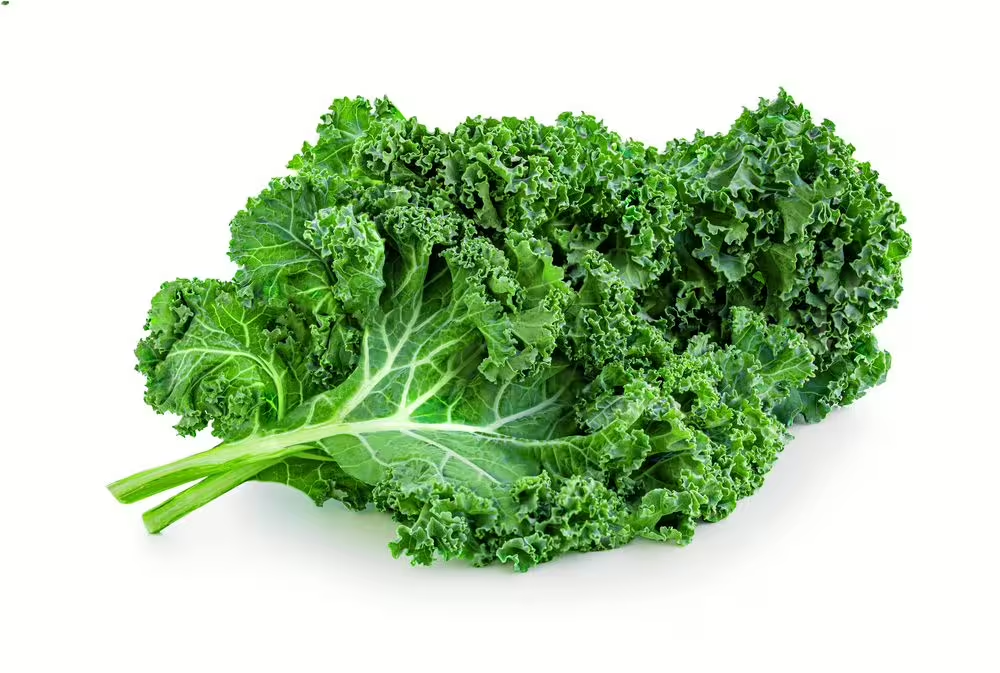How to keep the garden kale ?
Wrapped in a damp cloth or kraft paper, the garden kale keeps for several days, or even a week, in the vegetable trap on the refrigerator. Cooked, the leaves keep cool in an airtight box for 3 days.
How to grow kale cabbage ?
To grow the Kale cabbage, sow the sowing in May and June. Sow the seeds under 5 mm of earth. Repeat young plants when they reach 5 cm in height. Space the feet of 30 cm. Cultivate the Kale cabbage in rich and clay soils, and in a sunny place.
How to make kale chips ?
To make kale chips, use an oven or a dehydrator. Chips can simply be made with salt and oil. You can also flavor them with spices and enhance them with aromatic herbs.
How to prepare kale cabbage ?
To prepare kale cabbage, wash it and dry the leaves with a clean cloth. Remove the central rib from each sheet using a automatic knife. Then cut them more or less roughly depending on the preparation mode chosen.
How to choose curly cabbage ?
Look for curly and dense curly cabbage, without signs of withering or brown spots. The curly cabbage leaves must be green and crunchy, with a firm texture and a slightly sweet odor. If possible, choose fresh and seasonal curly cabbage to guarantee their optimal quality and flavor.
What are the varieties of curly cabbage ?
It exits several varieties of curly cabbage such as the Nero di Tuscana (with very dark leaves), the redbor (with red leaves), the Winterbor (cold resistant), the Dwarf Blue Curled (dwarf variety), etc.
What are the benefits of curly cabbage ?
The high vitamin C content of curly cabbage can strengthen the immune system and help prevent infections. Curly cabbage contains anti-inflammatory compounds that can help reduce the risk of cardiovascular disease. They can also lower blood pressure and reduce cholesterol levels. Curly cabbage is rich in antioxidants, which help protect cells from damage caused by free radicals and can reduce the risk of cancer. Curly cabbage is rich in fiber, which promotes good digestion and can reduce the risk of constipation. The high content of vitamin C of curly cabbage can help protect the skin from the damage caused by the sun and stimulate collagen production, which can reduce the appearance of wrinkles.
How to cook curly cabbage ?
Curly cabbage leaves can be transformed into crisp chips. Brush the leaves of olive oil and salt, then bake them in the oven until they are crisp. Curly cabbage leaves can be used in a salad. The leaves can be massaged to soften them, then added to the other vegetables for a crunchy and nutritious salad. Curly cabbage can be pan -fried with garlic, onions and other vegetables for healthy and delicious accompaniment.
How to keep curly cabbage ?
Remove the damaged leaves and wash them carefully with cold water to remove all dirt or residues. Snack them gently to remove excess water. Place them in a perforated plastic bag to allow air to circulate. Keep them in the refrigerator. Curly cabbage can be kept up to a week.
